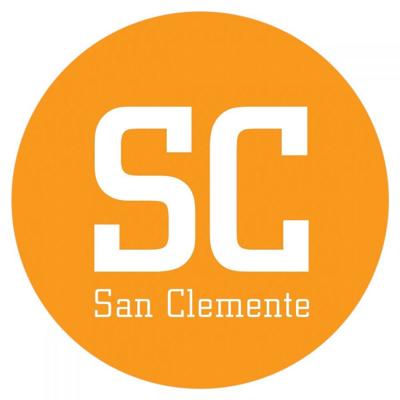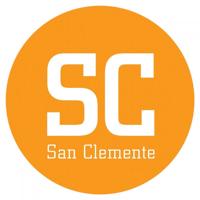TED QUINN, Member of the SONGS Community Engagement Panel
As someone who does live in the community near the San Onofre Nuclear Generating Station (SONGS), I take issue with the characterizations by Connecticut’s Paul Blanch in a recent letter to the San Clemente Times.
I served as a past president of the American Nuclear Society, and for the past six years as a volunteer on the SONGS Community Engagement Panel. Southern California Edison has gone above and beyond regulatory requirements by installing this net radiation monitoring system—only the second nuclear plant site in the country to do so. That was done to give the public more information, not less.
Mr. Blanch wrote that “the monitor depicted in the Edison photo appears to be aimed skyward.” That’s not a monitor; it’s a solar panel, and it’s aimed skyward to catch the sun’s rays. The new radiation monitors on the spent fuel storage installation measure the area’s gamma dose rates and show, because of the robust shielding, they aren’t much above normal background levels of radiation we encounter in our everyday lives, even in Connecticut.
That should make us all feel safe. Other Nuclear Regulatory Commission-mandated radiation monitors at SONGS provide additional information that is reported annually to the agency.
Further, Mr. Blanch seems to suggest the monitors are incapable of detecting Cesium-137. The increase in dose levels as the transfer cask passes on its route to be placed in storage is primarily due to gamma radiation emitted by Cs-137 (actually emitted by the daughter of Cs-137, Ba-137m) inside the dry storage canister.
On a more personal note, for the record, I verified that Mr. Blanch is not a member of American Nuclear Society or contributing anything to the policy or standards on radiation protection. I am on the Public Policy Committee for radiation protection for ANS, and as past president of the 11,000-member ANS, I take offense to his characterizing his background with this credit.
But perhaps most disappointing in Mr. Blanch’s letter is the cavalier attitude toward reducing radiation dose for nuclear plant workers. As Low as Reasonably Achievable, or ALARA, is an important concept to promote radiation safety and should not be dismissed with a “so, what?” After all, isn’t radiation safety the whole point of Mr. Blanch’s letter?


